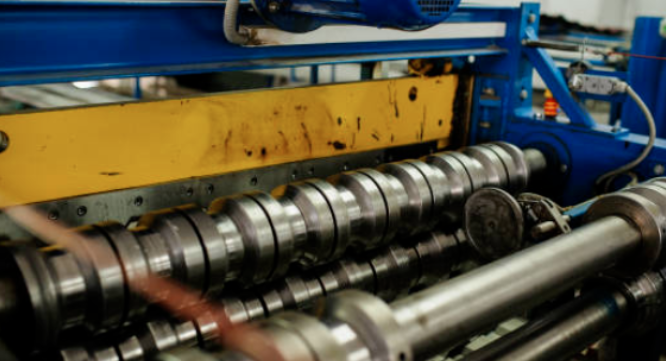Navigation Menu
Contact Us
- Email:
- info@wxavatar.com
- Address:
- Yurong Village, Yuqi Street, Huishan District, Wuxi, China.
Release Date:Jan 13, 2025 Visit:41 Source:ROLL FORMING MACHINES LTD
1. Twist
What is twist: Twist is when a metal strip twists along its longitudinal axis during the forming process, resulting in a deformed or unusable part.
Causes:
Uneven roll pressure across the width of the strip.
Misaligned mill stands.
Inconsistent material properties across the strip.
2. Bow
What is bow: Bow, also known as "camber," is when a metal strip bends along its length, taking on a concave or convex shape, rather than remaining flat.
Causes:
Uneven roll gap.
Incorrect roll station settings.
Material stress due to improper handling.
3. Cracking
Cracking is when the metal breaks during or after the roll forming process, especially at bends or corners.
Causes:
Insufficient material ductility.
Excessive roll forming pressure.
Poor bend radius design.

4. Oil canning
Oil canning is when flat areas of a metal sheet develop ripples or distortions, commonly seen with thin gauge metal.
Causes:
Incorrect roll forming settings.
Stress within the material caused by uneven pressure.
Improper material handling or storage.
5. Edge Wave
What it is: Edge wave refers to the wavy pattern along the edge of the metal strip, while the center remains relatively flat.
Causes:
Uneven material thickness across the width of the strip.
Improper roll stand setting.
Excessive edge pressure during forming.
6. Springback
Springback occurs when a formed metal part tries to return to its original shape, resulting in inaccurate final dimensions.
Causes:
The elasticity of the material causes it to return to its original state.
Insufficient roll pressure to permanently form the material.
7. Galling
Meaning: Galling refers to the transfer of material between the metal strip and the forming rolls, resulting in surface defects and roughness.
Causes:
Insufficient lubrication.
Excessive forming pressure.
Incompatible materials between the rolls and the strip.